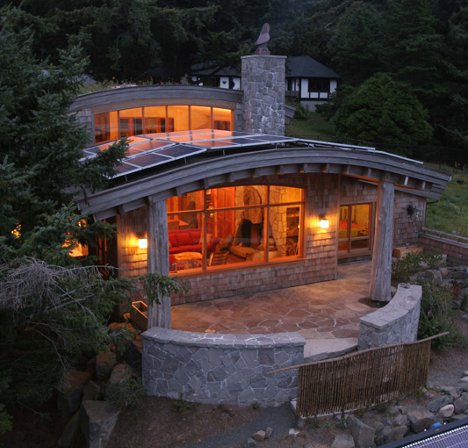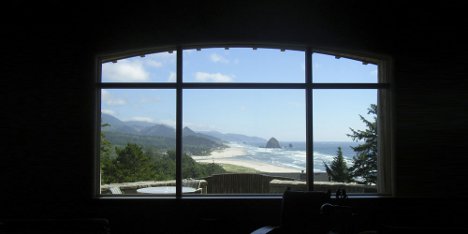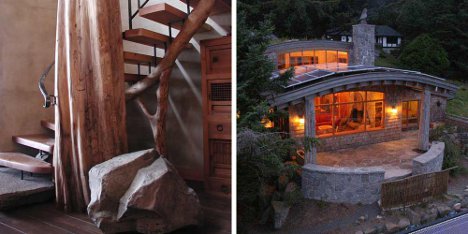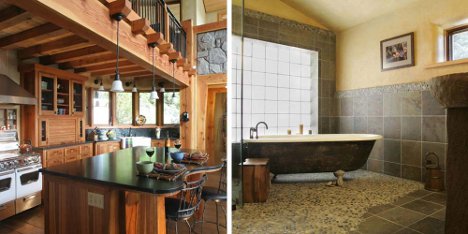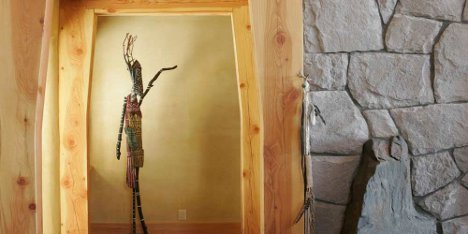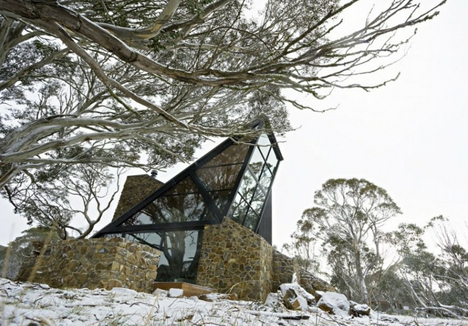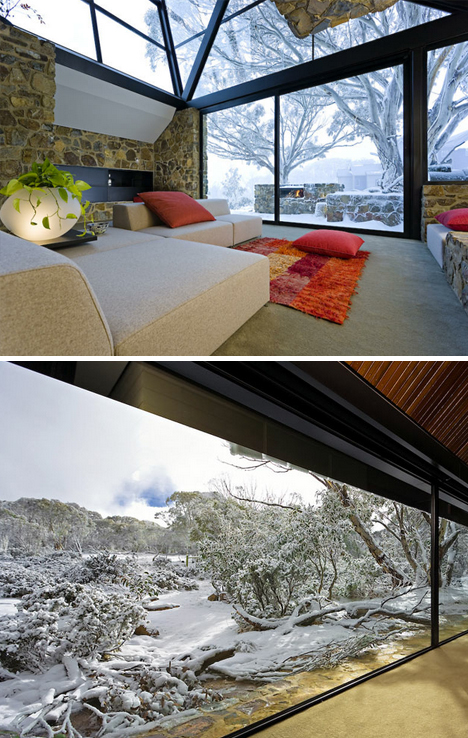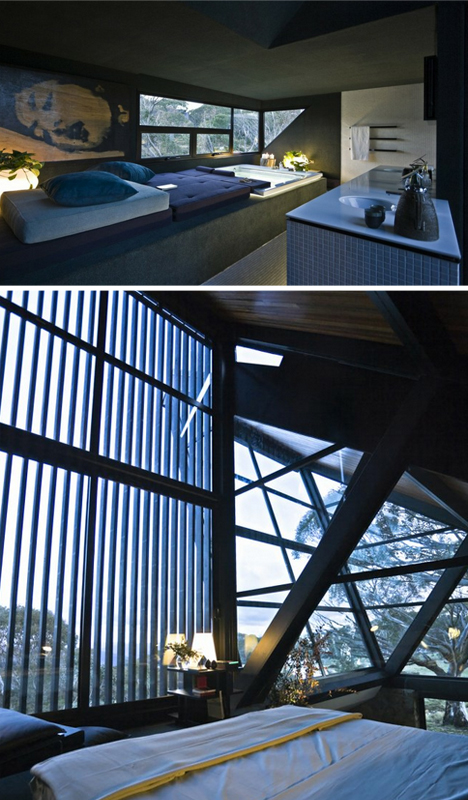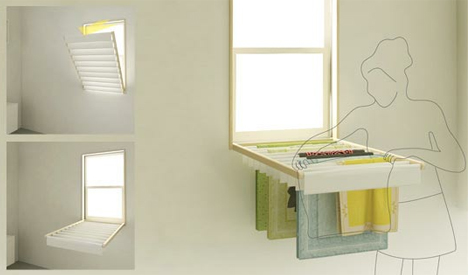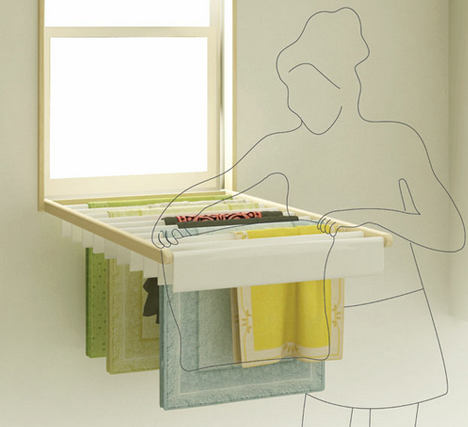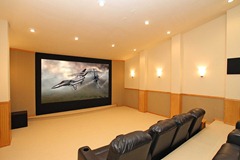 The Chateau is situated in the GREEN HEART of FRANCE, surrounded by oak and chestnut Forests, sweeping pasture and many peaceful lakes, ideally located for Exploring The Limousin, Dordogne, Charente and the Lot.
The Chateau is situated in the GREEN HEART of FRANCE, surrounded by oak and chestnut Forests, sweeping pasture and many peaceful lakes, ideally located for Exploring The Limousin, Dordogne, Charente and the Lot.
Perfect for persons wanting total privacy with the maximum of comfort and luxury
The Chateau is steeped in History, Richard the Lionheart – according to Local legends – died and is buried here in the Grounds, and in more recent times Madame Pompadour and General/ President de Gaulle have been House guests.
The Chateau and outbuildings have been decorated in Style and Taste and include a personalized "CHATEAU “ Dinner service for 30 Covers
1 hour – LIMOGES, 4 hour – PARIS, 8 hour CALAIS and TUNNEL
All this can be yours for $31,536,360.00
See the entire listing here.

